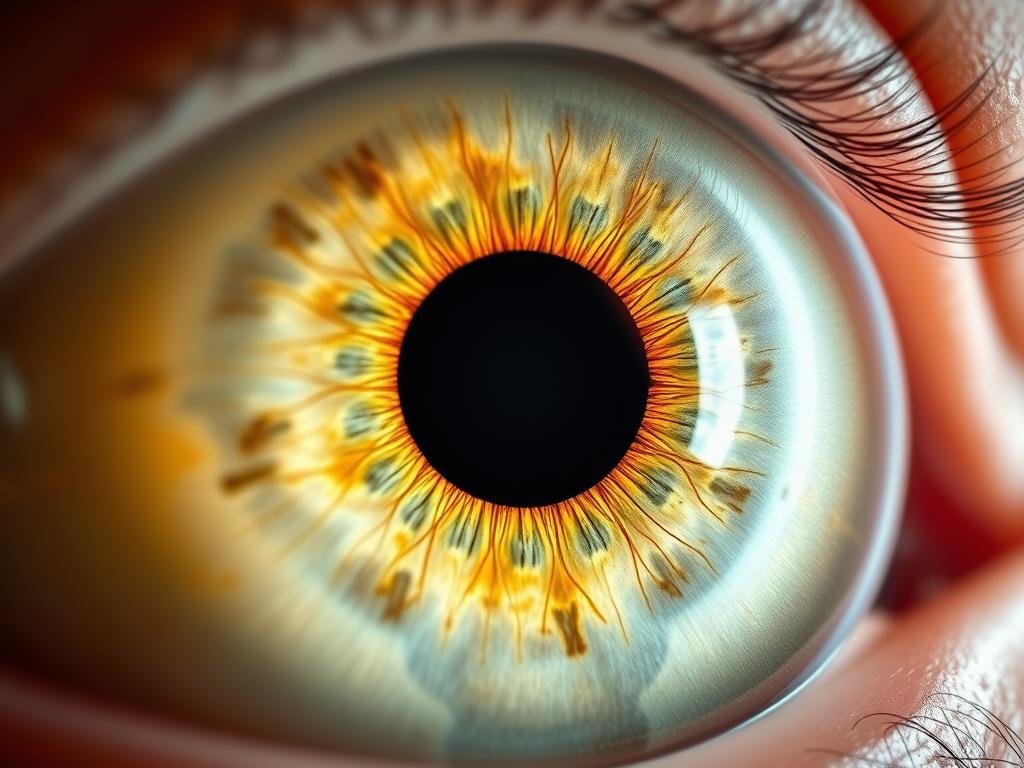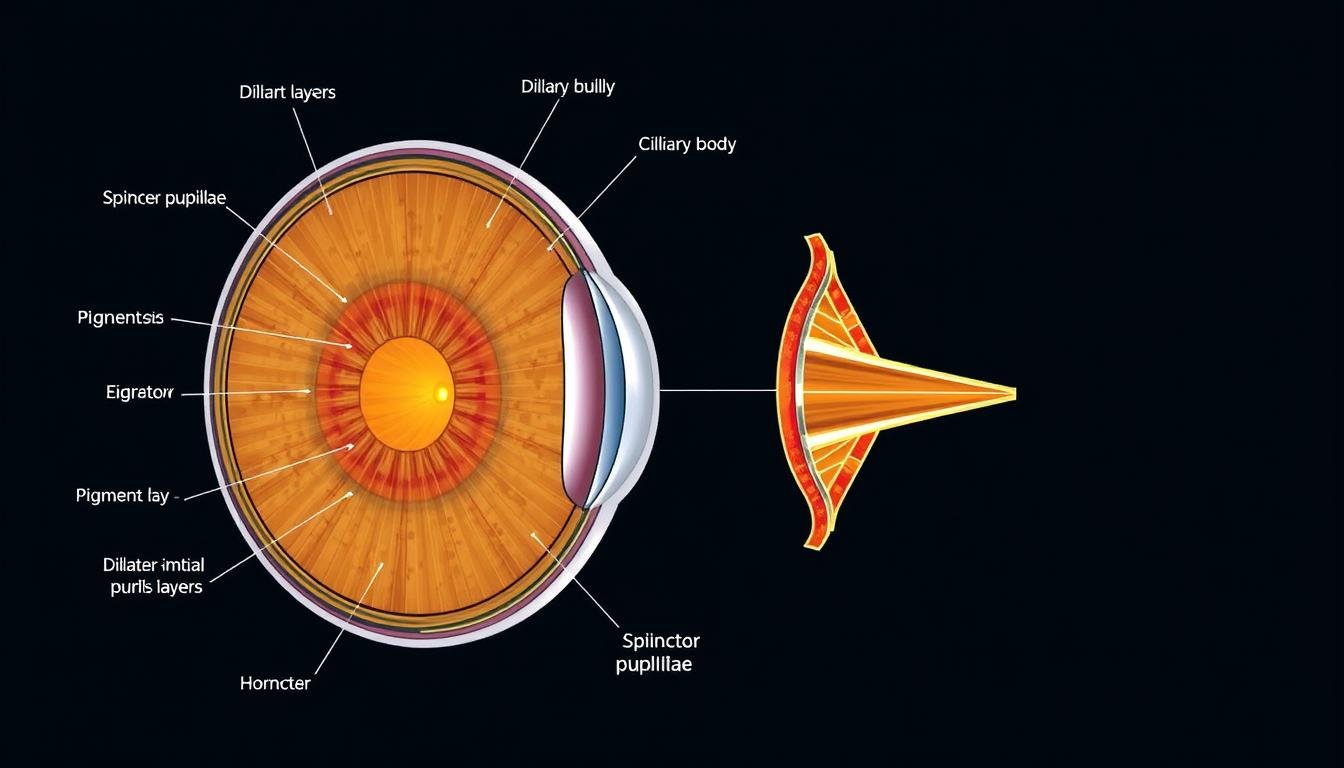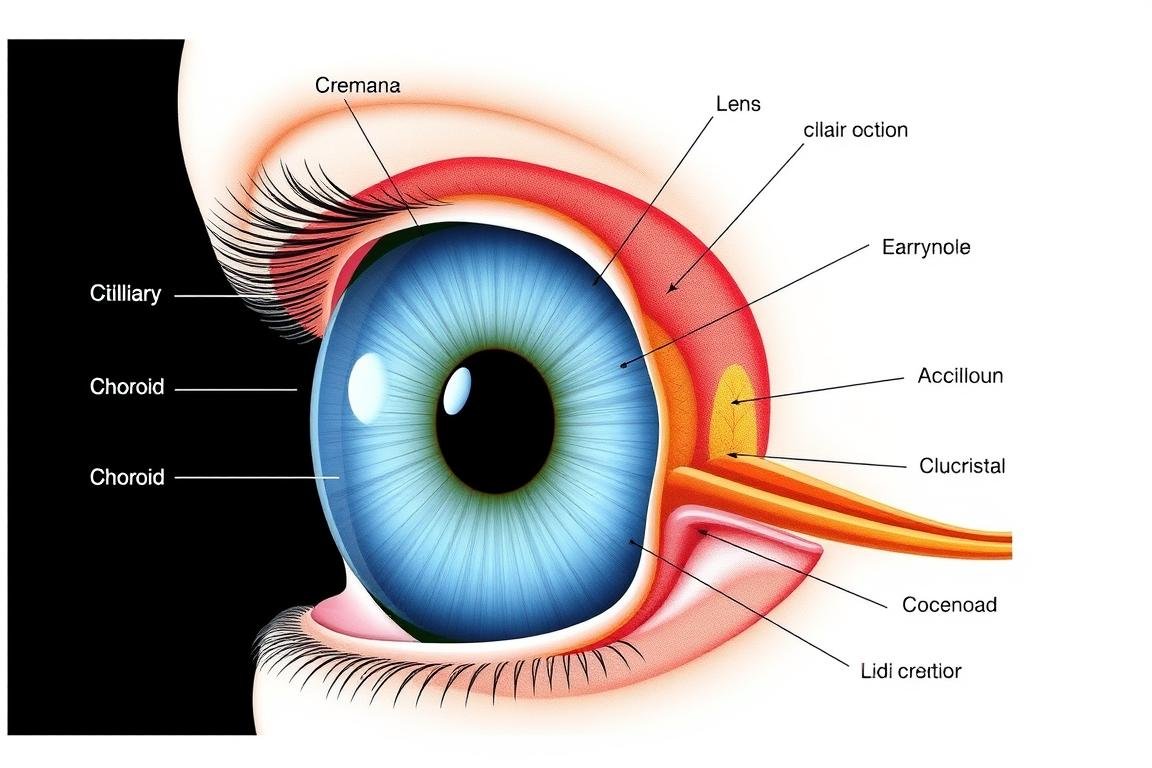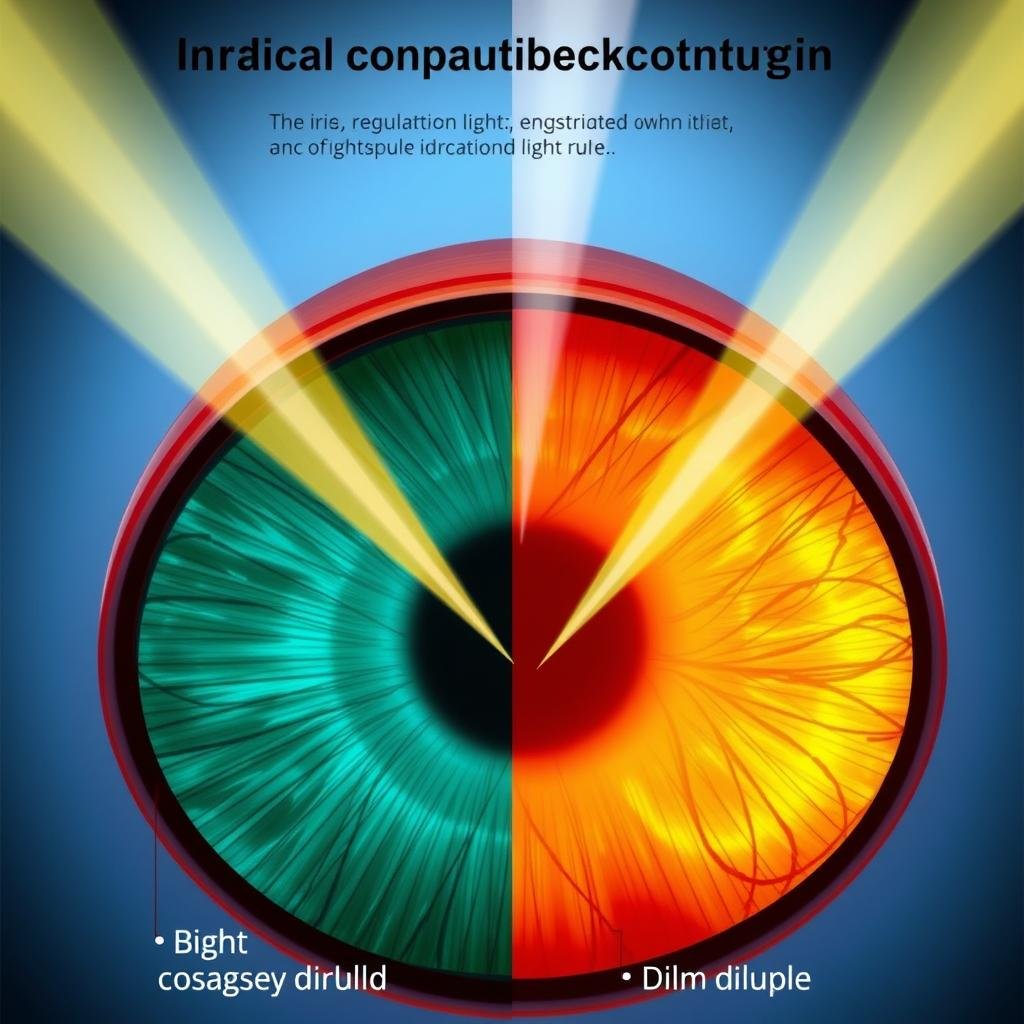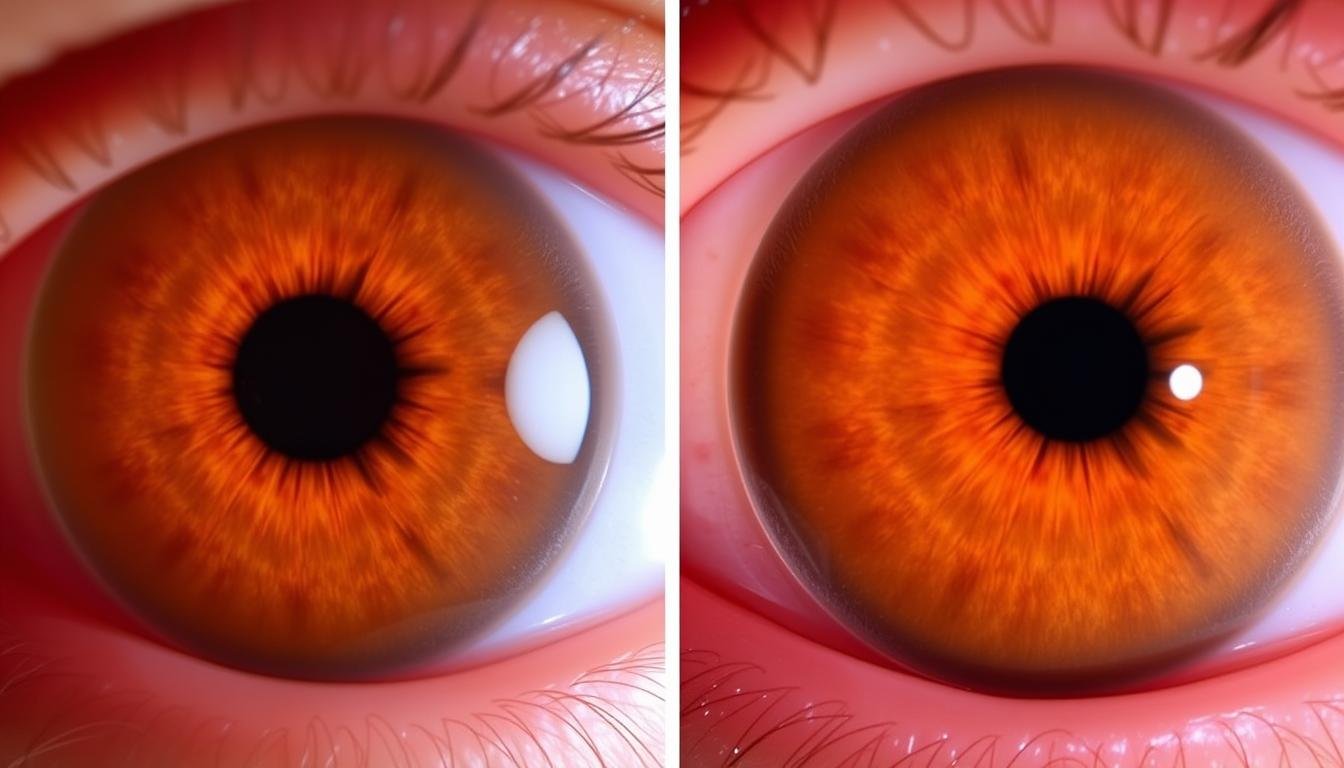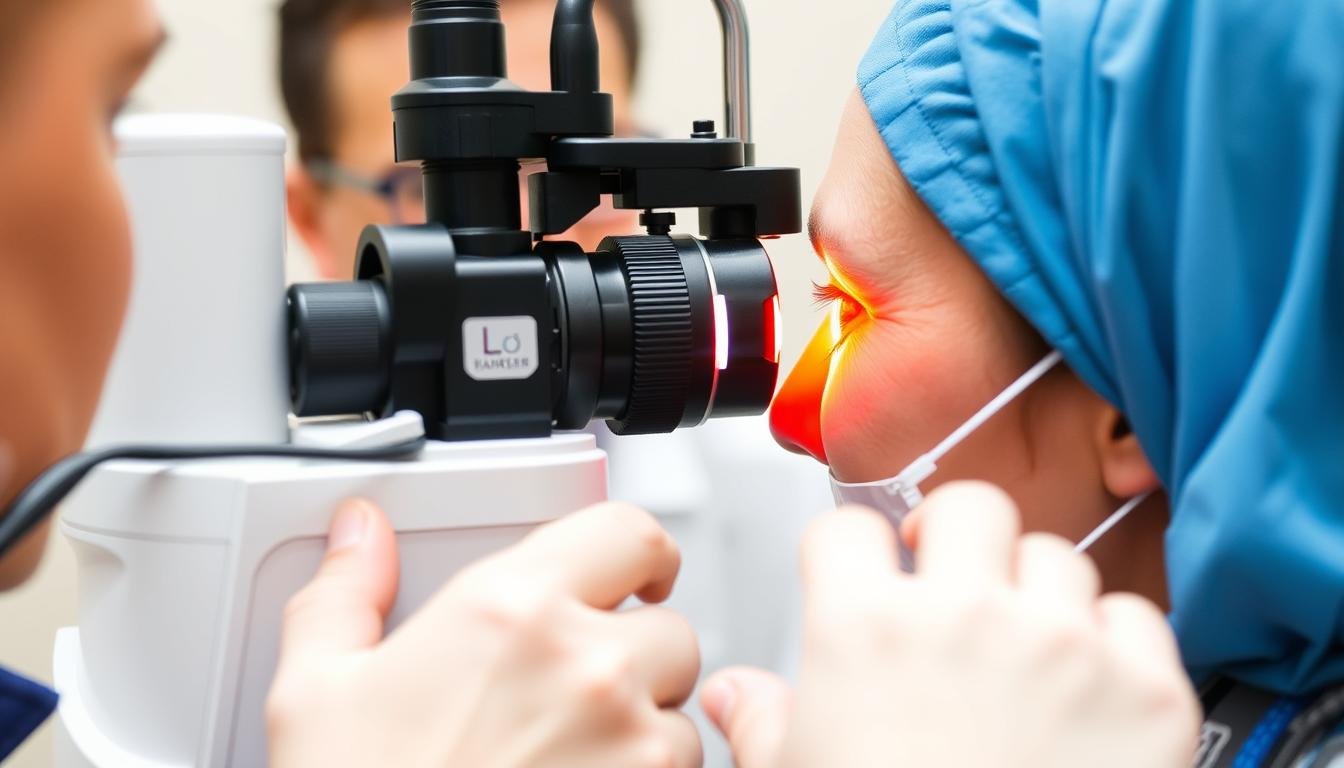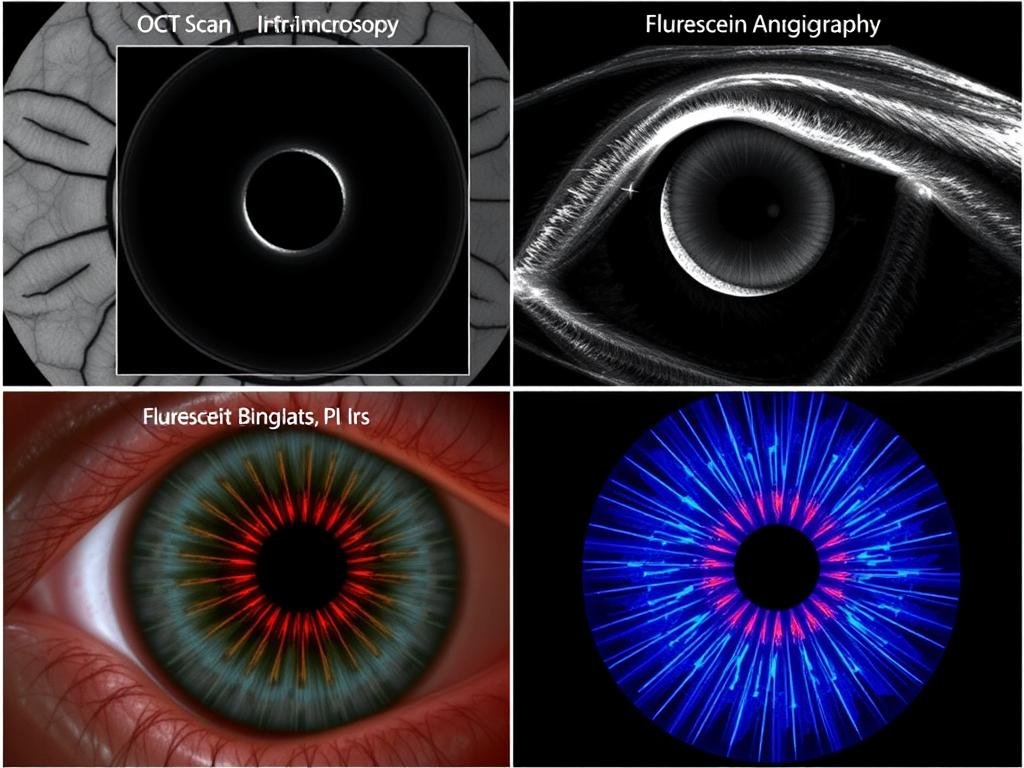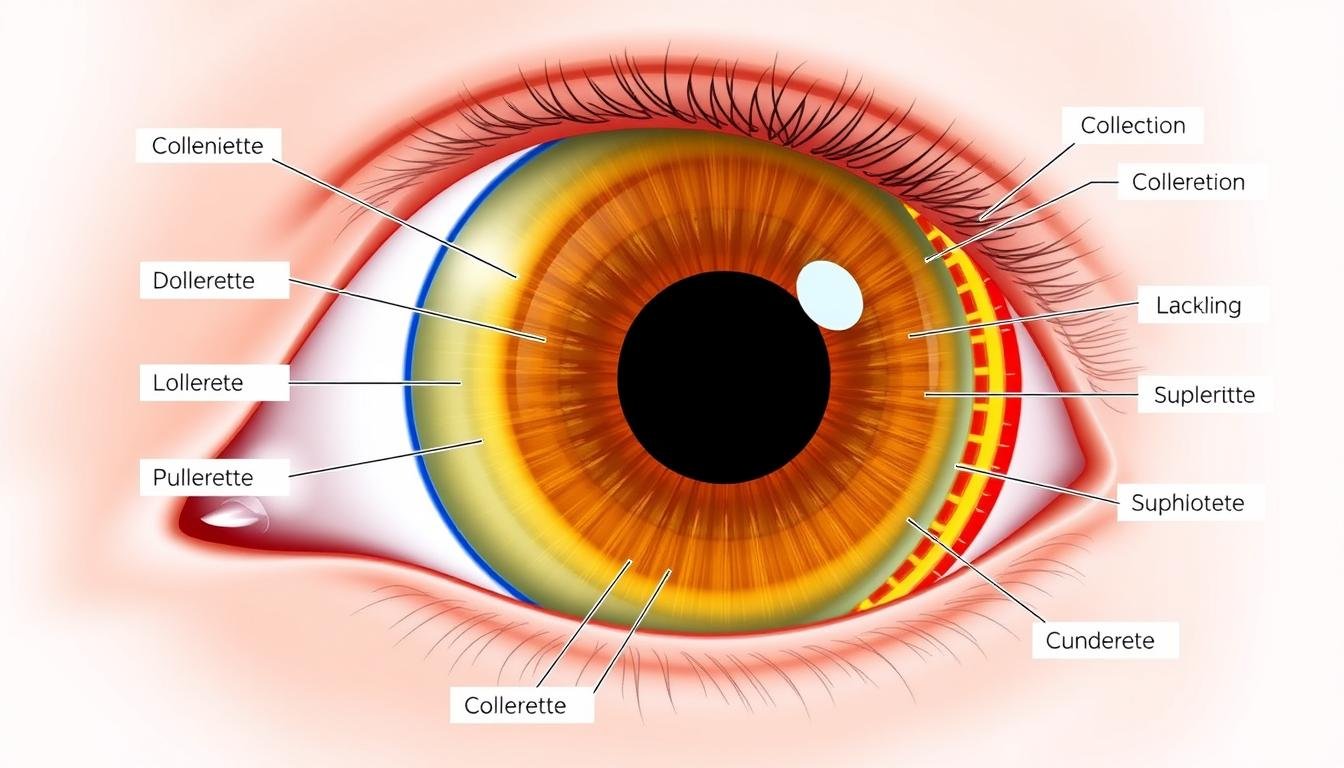| IRORS (predchádzajúca uveitída) | Inflammation of the iris, often associated with autoimmune disorders | Eye pain, light sensitivity, blurred vision, redness | Steroid eye drops, dilating drops, treating underlying causes |
| Predamerica | Congenital condition where the iris is partially or completely absent | Light sensitivity, poor vision, nystagmus (involuntary eye movements) | Tinted contact lenses, sunglasses, management of associated conditions |
| Coloboma | Gap or notch in the iris due to incomplete formation during development | Keyhole-shaped pupil, light sensitivity, vision issues | Tinted contact lenses, sunglasses, vision correction |
| Heterochromia | Different colored irises or sections within one iris | Usually asymptomatic, may indicate underlying conditions if acquired later in life | None needed if congenital; treatment of underlying cause if acquired |
| Iris Melanoma | Rare cancer that develops from pigment cells in the iris | Growing dark spot on iris, change in pupil shape, vision changes | Radiation therapy, surgical removal, monitoring |

